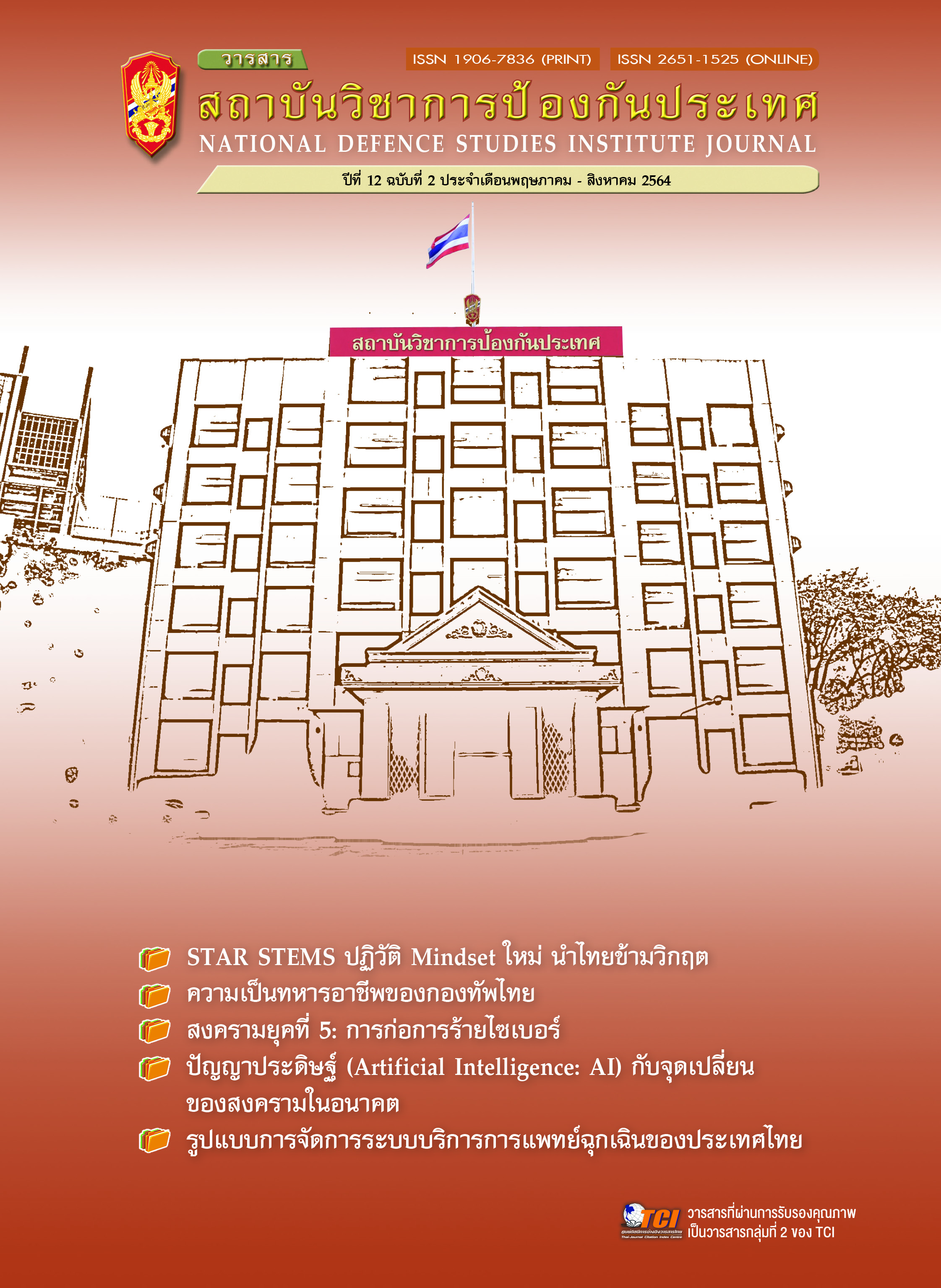Educational Innovations and Applications
Main Article Content
Abstract
The importance of innovation is explicitly stated in Thailand’s 20-year National Strategy (2018-2037) and the National Scheme of Education. It is necessary for Thailand to pay attention to the development of innovations to support economic growth and enhance national competitiveness. In the light of educational innovations, change agents such as education authorities and school principals attempt to launch innovations in teaching and learning. However, many of them are marginalized due to a lack of knowledge of the applications of innovations. With this regard, this report presents the literature pertaining to educational innovations including the meaning and causes of innovations, phrases of innovations, factors affecting successful innovations and the evaluation of innovations. It is hoped that readers of education contexts will gain insight into innovation development and be inspired to create innovations theoretically and concretely in order to respond to the Thailand National Strategy, the National Scheme of Education and national competitiveness policy.
Article Details

This work is licensed under a Creative Commons Attribution-NonCommercial-NoDerivatives 4.0 International License.
The articles, images, tables, graphs, written content, and opinions published in this journal are solely those of the authors and do not necessarily reflect the views or positions of the National Defence Studies Institute or its academic affiliates.
References
คณะกรรมการพัฒนาการเศรษฐกิจและสังคมแห่งชาติ. (2560). ยุทธศาสตร์ชาติระยะ 20 ปี พ.ศ.2561-2580. กรุงเทพฯ: สำนักงานคณะกรรมการพัฒนาการเศรษฐกิจและสังคมแห่งชาติ.
สำนักงานเลขาธิการสภาการศึกษา. (2560). แผนการศึกษาแห่งชาติ พ.ศ.2560-2579. กรุงเทพฯ: สำนักงานเลขาธิการสภาการศึกษา กระทรวงศึกษาธิการ.
De Lano, L., Riley, L., & Crookes, G. (1994). The meaning of innovation for ESL teachers. System, 22(4), 487-496.
Fullan, M., & Stiegelbauer, S. (1991). The new meaning of educational change. London: MCSER Publishing.
Hurst, P. (1978). Communication, Social Change, and Development. Educational Broadcasting International, 11(3), 104-7.
Karavas-Doukas, E. (1996). Using attitude scales to investigate teachers' attitudes to the communicative approach.
Kennedy, C. (1988). Evaluation of the management of change in ELT projects. Applied linguistics, 9(4), 329-342.
Lambright, W., Flynn, P., & Agnew, J. (1980). The role of local bureaucracy-centered coalitions.Innovation research and public policy, 243-248.
Rich, J. M. (1975). Innovations in Education Reformers and Their Critics.
Rudduck, J. (1991). Innovation and change: Developing involvement and understanding. Open University Press.
Waters, A. (2009). Managing innovation in English language education, state of the art review.Language Teaching, 42(4), 421-458.
Wedell, M. (2009). Planning for educational change: Putting people and their contexts first. Boomsbury Publishing.


